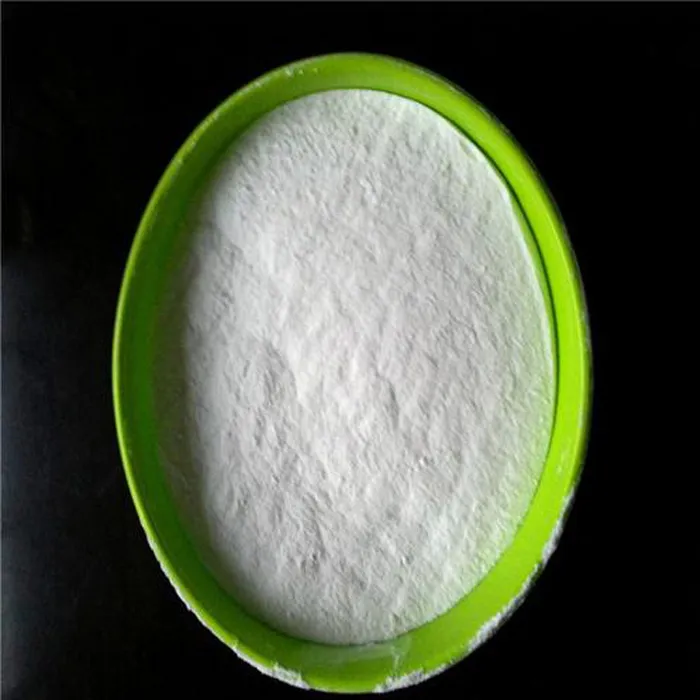Pentoxifylline An Overview of its Uses, Mechanism, and Benefits
Pentoxifylline is a medication primarily used to improve blood flow and treat various conditions associated with poor circulation. It belongs to a class of drugs known as xanthine derivatives and is most commonly prescribed for intermittent claudication, a condition characterized by pain and cramping in the legs due to inadequate blood supply during physical activity. This article provides an overview of pentoxifylline, including its mechanism of action, clinical applications, dosage forms, and potential side effects.
Mechanism of Action
Pentoxifylline works by increasing the flexibility of red blood cells and reducing the viscosity of blood. This action facilitates better blood flow through smaller blood vessels, which is particularly beneficial for patients suffering from vascular diseases. The drug also inhibits the activation of neutrophils, which are white blood cells involved in inflammatory processes. By reducing inflammation and promoting the dilation of blood vessels, pentoxifylline can enhance tissue oxygenation and nutrient delivery, leading to improved overall function of the affected limbs.
Clinical Applications
1. Intermittent Claudication The most common indication for pentoxifylline is the treatment of intermittent claudication. Patients often experience pain in the legs while walking or exerting themselves. By improving blood flow, pentoxifylline can help patients walk longer distances without discomfort.
2. Peripheral Arterial Disease (PAD) Pentoxifylline is beneficial for patients diagnosed with PAD, a condition where narrowed arteries reduce blood flow to the limbs. It helps alleviate symptoms and improve functional capacity.
3. Diabetic Foot Ulcers Research has shown that pentoxifylline can aid in the healing of diabetic foot ulcers, which are prone to poor circulation. Its ability to enhance blood flow may accelerate the healing process and reduce the risk of complications, such as infections or amputations.
4. Cerebral Insufficiency Some studies suggest that pentoxifylline may be helpful in treating cerebral insufficiency, a condition where the brain does not receive adequate blood flow, leading to cognitive impairments. While more research is needed, early findings are promising.
medication pentoxifylline

5. Acute Respiratory Distress Syndrome (ARDS) Pentoxifylline has been investigated for its potential use in ARDS, where inflammation and poor blood flow can exacerbate lung injury. Its anti-inflammatory properties could theoretically benefit patients in critical care settings.
Dosage Forms and Administration
Pentoxifylline is available in several dosage forms, including immediate-release and extended-release tablets. The recommended dose typically starts at 400 mg taken three times daily, with adjustments made based on patient response. It is essential for patients to follow their healthcare provider’s instructions regarding dosage and duration of therapy to achieve the best outcomes while minimizing potential side effects.
Side Effects and Precautions
While pentoxifylline is generally well-tolerated, it can cause side effects in some individuals. Common side effects include gastrointestinal disturbances, such as nausea, vomiting, and diarrhea. Other possible side effects range from headaches and dizziness to skin rashes. In rare cases, serious side effects such as changes in liver function tests or bleeding complications may occur.
Patients with a history of heart problems, severe liver disease, or those who are pregnant or breastfeeding should consult their healthcare provider before starting therapy with pentoxifylline. Additionally, it is important for patients to inform their doctor about any other medications they are taking to avoid potential drug interactions.
Conclusion
Pentoxifylline is a valuable medication in the management of various conditions linked to poor circulation, particularly intermittent claudication and diabetic foot ulcers. Its unique mechanism of action, which enhances blood flow and reduces inflammation, makes it a useful therapeutic option for patients facing challenges related to vascular health. As with any medication, it is crucial for individuals to work closely with their healthcare provider to determine the best treatment plan tailored to their specific needs while monitoring for any potential side effects. Overall, pentoxifylline continues to play an important role in improving the quality of life for many patients suffering from circulatory problems.

